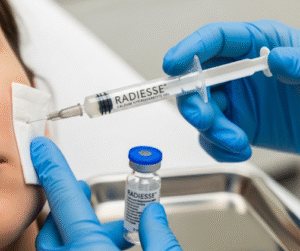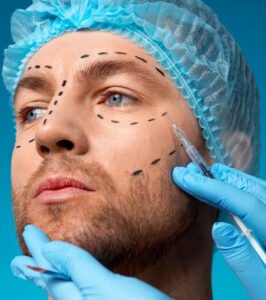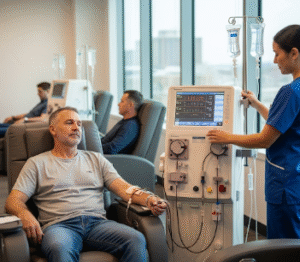Clinics and practitioners in Korea are facing a wave of regulatory changes. Many of these are driven by technology advances, shifts in health workforce policy, and responses to recent tensions between medical professionals and the government. Understanding these changes is crucial for staying compliant and delivering safe care. Below are several key regulatory updates to watch, their implications, and strategies for adaptation.
Expanding Roles for Nurses / Physician-Assistant Nurses
One of the major changes is the new Nursing Act, which clarifies the legal status and scope of Physician-Assistant (PA) nurses. Under this law, nurses may legally perform certain tasks under physician supervision that had previously lacked a clear legal foundation. While supporters say this helps address workforce shortages, critics warn of ambiguity around training standards and patient safety.
Because of this, some highly specialized technicians (like perfusionists in cardiac surgery) are facing legal uncertainty as their roles overlap with medical or nursing duties under evolving regulations.
Enforcement of the Digital Medical Products Act
A regulatory watershed is the Digital Medical Products Act, to be enforced starting 2025. This law establishes a framework for approving AI, digital therapeutics (DTx), software as a medical device (SaMD), and other health software. The Ministry of Food and Drug Safety (MFDS) becomes the principal regulator for these digital health products.
For clinics and practitioners, this means:
• Any software-based diagnostic or therapeutic tool used in practice may need MFDS approval.
• Some digital tools will require health technology assessment (HTA) under the Medical Service Act before deployment.
• Reimbursement eligibility under Korea’s national health insurance may depend on regulatory & assessment approval.
• Integration of health data and software must comply tightly with Personal Information Protection Act (PIPA) rules.
Stricter Data Privacy and Use Rules in Digital Health
With the growth of telehealth, wearable devices, AI analytics, and data integration, regulatory pressure on data privacy is increasing. Under Korean law, health data is deemed “sensitive personal information,” so stricter consent, encryption, anonymization, and access control obligations apply.
Practitioners must be extra careful when adopting digital tools: they must ensure consent protocols, de-identification, access logs, and compliance with local privacy laws.
Changes to Medical Staffing, Licensure & Workforce Pressure
- Recent policy efforts to raise medical school quotas led to widespread protests from trainees and doctors, creating tensions in staffing and regulation.
- The government has pushed for disciplinary measures (e.g. suspending licenses) against clinicians who do not comply with mandatory return-to-work orders during strike periods.
- Proposed amendments to medical law include clearer grounds for license cancellation for serious misconduct.
- Clinics must be alert to changing expectations around workloads, supervision, and responsibility as staffing models evolve.
Scope of Practice & Interpretation of Medical Tasks
Legal definitions for what counts as diagnosis, treatment, procedures, prescription continue to be refined. Some changes affect how much non-physician staff (clinical technicians, nurses, assistants) are allowed to do. Traditional Korean medicine practitioners also have specified roles in diagnostics and treatments under law.
This regulatory flux means clinics should review staff roles and documentation protocols to avoid overstepping legal boundaries.
Billing, Insurance & Health Service Reimbursement Changes
Under Korea’s Second Comprehensive National Health Insurance Plan (2024–2028), there is stronger emphasis on sustainability, essential medical services, and cost control. That means adjustments in reimbursement policies for clinics. Some digital health services may not be reimbursed unless they meet new regulatory and HTA criteria.
Clinics need to track which services are covered, anticipate changes, and adjust their service mix accordingly.
Liability, Audits, and Professional Oversight
Regulators are strengthening oversight of healthcare providers. Clinics and practitioners may face more frequent audits on their compliance with safety, privacy, licensing, and operational standards. Professional liability, malpractice rules, and enforcement of disciplinary standards are also under closer scrutiny.
Strategies for Clinics & Practitioners
- Audit your current tools and devices. Determine whether any software or digital tools used need regulatory approval under the new Digital Medical Products Act.
- Update privacy and consent procedures. Ensure health data collection and processing comply with PIPA and related rules.
- Review roles and responsibilities. Clarify roles for nurses, assistants, and technicians to align with the new Nursing Act and scope definitions.
- Stay on top of reimbursement changes. Know which services are eligible under the national insurance scheme, and how to document them properly.
- Prepare for audits. Maintain strong records, compliance procedures, and governance practices.
- Engage with professional associations. Regulatory change often involves dialogue—being part of medical or clinic associations helps you understand and influence policy shifts.













